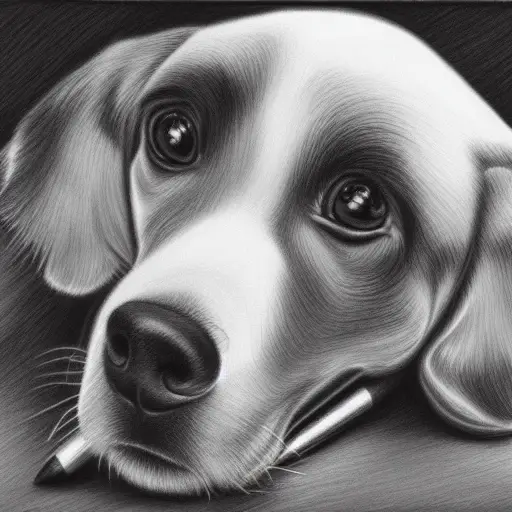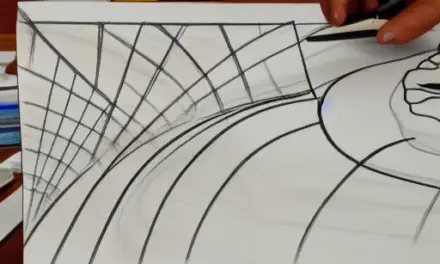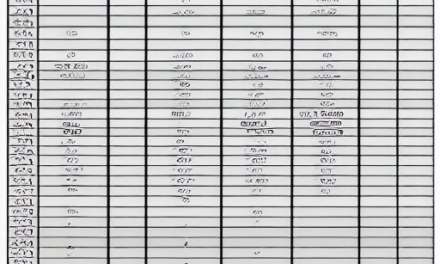Dogs can suffer from common eye problems. These eye problems are relatively simple to treat and will usually heal on their own. The sooner you treat your dog, the better the chances are that they will recover. The first step is to get your dog to the vet. There are many veterinarians in your area who can help you find the best treatment for your dog’s problem.
Conjunctivitis
Symptoms of conjunctivitis in dogs include generalized itching, nasal discharge, and hair loss around the eyes. A veterinarian will perform a physical exam and an ophthalmic exam to diagnose the condition. He will also look for underlying medical problems, including allergies or a traumatic injury. If the condition persists, treatment options may include antibiotics, artificial tears, or surgery.
Antibiotic eye drops and ointments are commonly prescribed by veterinarians. Although administering eye drops can be difficult, the veterinarian will provide you with tips and explain the best options for treating your dog’s condition. Most antibiotics are available in several different forms, so your veterinarian can recommend one that works best for your dog.
There are two types of conjunctivitis in dogs: viral and bacterial. Viral conjunctivitis is contagious and can be passed from dog to dog. Bacterial conjunctivitis is also highly contagious and can affect people.
Conjunctivitis is inflammation of the conjunctiva, which is the thin layer of mucus covering the eye. Symptoms of conjunctivitis include irritation, redness, and discharge. This condition can cause pain and even damage to the eye. If left untreated, conjunctivitis can lead to other eye conditions and other health problems.
If your dog develops conjunctivitis, visit your primary veterinarian. Your vet can administer topical eye drops that will help numb the eye so your dog doesn’t feel pain during the exam. He will also check for any foreign matter, wounds, or scratches in the eye.
Treatment for conjunctivitis varies depending on the type of infection in your dog. Inflammatory conjunctivitis is treated with anti-inflammatory medications.
Glaucoma
Several medications are available to help dogs with glaucoma. Treatment involves reducing the amount of fluid within the eye. Some dogs with advanced glaucoma may require surgery to drain fluid from their eye. In most cases, glaucoma is treatable with medications and follow-up care. However, in rare cases, the disease may be too advanced to treat with medications alone. If your dog is suffering from glaucoma, consult a veterinarian immediately.
If left untreated, glaucoma in dogs can lead to blindness and discomfort. However, treatment can ease the pain and reduce the risk of infection or injury in the eye. Treatment is ongoing, and the prognosis depends on several factors. Early treatment of glaucoma can lead to a full recovery without significant damage to the eye. It is important to see a vet regularly to monitor the IOP levels and to make any necessary medication adjustments.
In dogs, glaucoma is a progressive eye disease that causes high pressure in the eye. This causes the eye to become cloudy, bloodshot, and swollen. In severe cases, glaucoma can result in total blindness. Treatment of glaucoma can include a combination of medications to help reduce fluid production and improve drainage. However, if the underlying cause is not treatable, surgery may be required to correct the problem.
When these symptoms occur, it is important to contact a veterinarian as soon as possible. Your veterinarian can recommend an examination to determine the cause of the problem and suggest a course of treatment. A veterinarian will also discuss a dog’s risk for glaucoma and suggest any preventative therapy.
Uveitis
Uveitis, also known as iridocyclitis, is an inflammation of the middle layer of the eye. It can cause the eye to become cloudy, bloodshot, or leak fluid. The inflammation can be secondary to other eye problems or can be caused by an injury. A vet can diagnose uveitis in your dog and determine what treatment is needed.
Uveitis can affect either or both eyes. The symptoms can range from slight irritation to severe pain. Often, the condition will cause squinting and discomfort in bright light. It can also cause discharge and ocular redness. Treatment depends on the underlying cause, but typically involves the use of topical anti-inflammatories and atropine, which reduces inflammation inside the eye. Proper treatment can preserve the patient’s vision and prevent further damage.
Diagnosis of uveitis in dogs starts with an examination of the patient’s eyes. The veterinarian will use an ophthalmoscope to evaluate the inside of the eyes and may perform other tests. A low intraocular pressure (IOP) may be a sign of uveitis.
Treatment for uveitis involves a series of medications that aim to reduce inflammation and provide pain relief. Topical medications such as corticosteroids and non-steroidal anti-inflammatory drugs like flurbiprofen can be used. Sometimes, surgical procedures may be necessary.
Corneal ulcers
Corneal ulcers are common eye problems in dogs, and it is important to seek proper medical care if your dog is suffering from one. Although these conditions can be very painful, they usually heal on their own with proper care and treatment. However, in some rare circumstances, they can be very serious and require immediate medical attention. For this reason, it is crucial to understand the causes of these conditions and how to spot them early.
Corneal ulcers may cause sudden pain and a change in vision. As the affected eye heals, the corneal epithelium regenerates. It will become more comfortable in a day or two and will usually heal completely in about a week. However, if left untreated, the ulcer may worsen and rupture the eye.
There are several signs that a dog may be suffering from a corneal ulcer. Among these are squinting, cloudy eyes, excessive blinking, and redness. Some animals may also experience an appetite loss or lethargy. Your vet can help you determine whether your dog is suffering from this eye condition and prescribe a treatment plan.
The condition is most common in middle-aged dogs and is caused by damage to the cornea. These conditions are typically treated with antibiotic eye drops. In severe cases, they may require surgery or other treatment. If they do not heal, the affected eye may develop a permanent scar and require frequent follow-up visits.
Corneal ulcers in dogs can be caused by a variety of disorders. A veterinarian must determine the type of corneal ulcer before recommending treatment. Simple corneal ulcers will usually heal on their own within a week, while severe cases may need medical attention. Treatment may include antibiotic eye drops and pain relievers. Your pet may also be given an E-collar to protect the affected eye.
Entropion
If your dog has an eyelid that is folded inward, he or she may have entropion. Although the condition can be difficult to diagnose, your veterinarian can perform a thorough ophthalmic examination to determine whether it’s an eye disease. He or she will check for entropion and other similar problems and may order a variety of tests to determine the cause of the condition.
Treatment for entropion in dogs usually involves surgical repair. The procedure is relatively simple and has a high success rate. The vet will remove excess skin from the eyelid to reduce the inward folding. In some cases, your dog may need several surgeries before the condition improves.
Once the surgical procedure is completed, your dog will need to take special care of himself. After the operation, he or she will need to be kept indoors and wear an Elizabethan collar until the sutures are removed. During the recovery period, the eye will be sensitive to light, so bright lights are best avoided. Your dog may also need to receive antibiotics and pain medication. You should follow up with your dog on a weekly basis to make sure that the eye is healing.
The ideal treatment for entropion depends on the severity of the condition. Most dogs will need plastic surgery, which involves the removal of tissue from the eyelid and rotating the eyelid outward. In some cases, multiple surgeries are needed to correct entropion. The surgery is similar to an “eye lift” cosmetic surgery in humans. During this procedure, a section of skin is removed from the upper and lower eyelids.
If the condition is left untreated, it may lead to corneal damage and even blindness. It is also important to note that if a puppy is left untreated for a long time, the eye can become damaged permanently. The eye can become cloudy, white, or blue.













